GenePro Strategy
GenePro is an on-farm replacement program created by DanBred, and is designed for herds breeding their own gilts or herds who are looking to change from buying in replacement gilts to their own on-farm production. GenePro is an ideal solution in a closed biosecure pig-farming operation that focuses on health and quality, as GenePro makes it possible, to produce genetically high-quality DanBred gilts for on-farm use without having to compromise the herds’ health status.
GenePro provides access to DanBred’s continuous genetic progress which will boost your production – increasing the value of the gilts produced on-farm, making a positive difference to your business.
DanBred genetics are internationally renowned for generating excellent results, all the way from the herd to the slaughterhouse, and closed biosecure herds can benefit from these results through GenePro. DanBred’s breeding progress are accessed by either using DanBred boars on-farm or via semen from DanBred AI stations.
Signing up for GenePro gives your business access to DanBred’s databank, where it is possible to follow the breeding value of on-farm boars or the semen purchased. In addition, it is possible to get an updated DanBred index calculated for your own gilts by using Nucleus Management, an online breeding management system developed by DanBred.
GenePro will rapidly generate results in the herd, with the increased impact over time showing positive changes in on-farm performance and bottom-line economy.
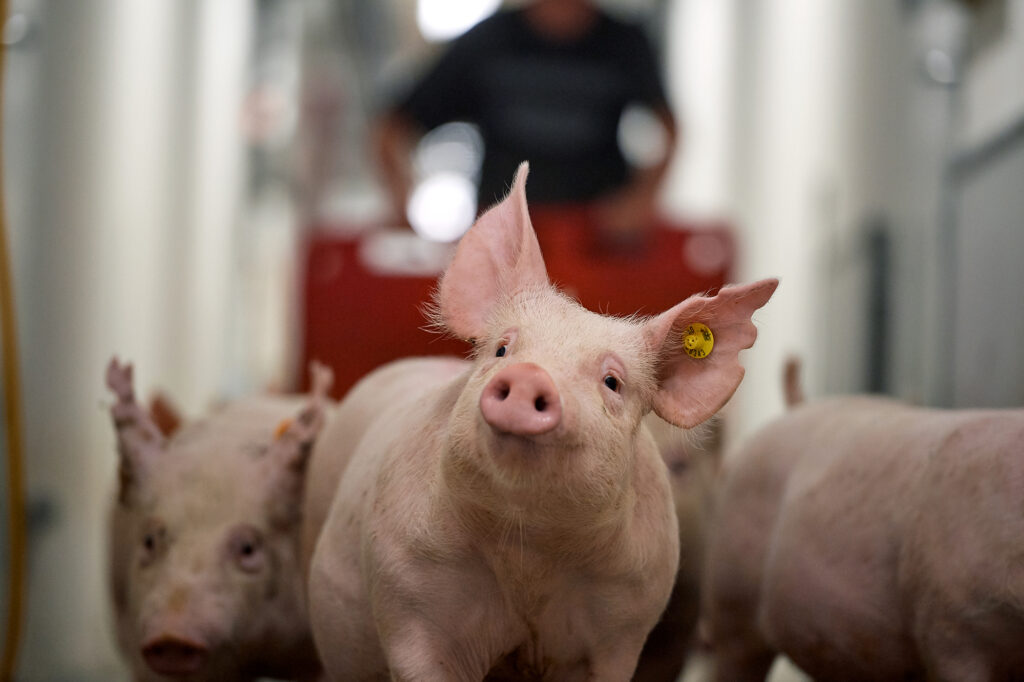
Production strategy
Comparing purchased hybrid gilts with on-farm-produced gilts will reveal several production-related differences affecting your business. Depending on the breeding strategy, GenePro offers many advantages and only a few weaknesses.
Strengths:
- Reliability of gilt supply, independent of external suppliers.
- Closed biosecure production in the herd or organisation.
- Optimisation of on-farm health and immunity.
- Control of gilt development from birth until mating.
- Competitive genetic quality of gilts.
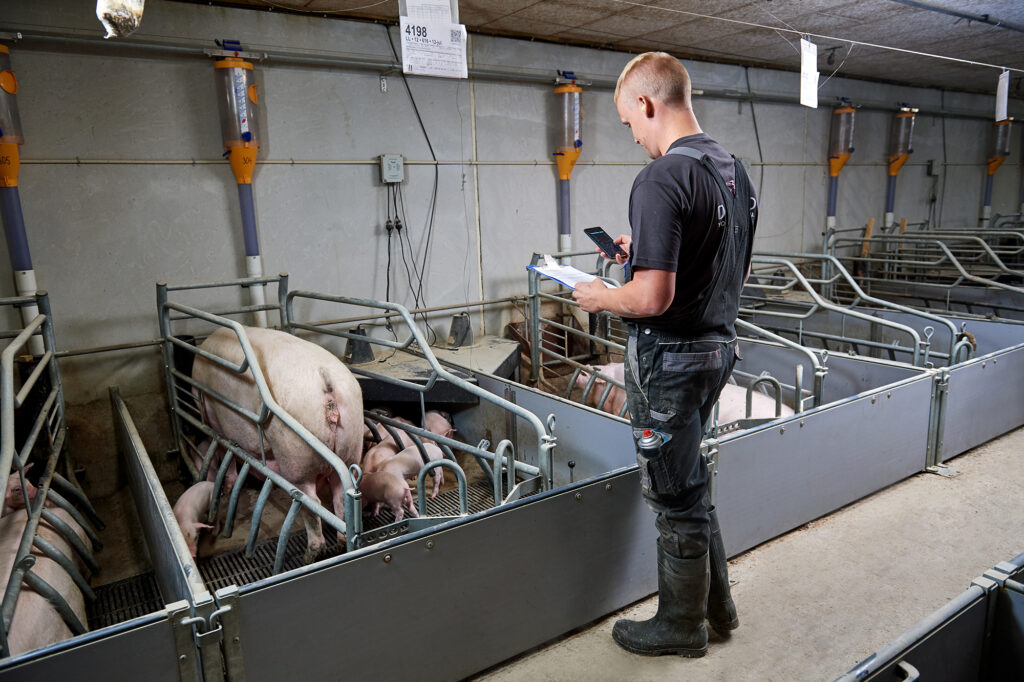
Weaknesses:
- Increased number of castrates to handle (from purebred or LY/YL).
- Space and management requirements for replacement breeding stock.
- Need of supply chain management in regard to replacement gilt demand.
Breeding strategy
The optimum strategy will differ from one herd to another. Using a two-breed rotation or criss-cross breeding strategy will allow sows to be made available when selecting females as mothers for the next generation, but this strategy will have a slightly adverse effect on genetic heterosis. The purebred nucleus strategy, where a nucleus of purebred females forms the basis for the next generation of breeding stock will require some extra breeding management even though it provides 100 percent heterosis.
It is important to plan the herd’s strategy based on factors such as housing facilities, availability of animals as well as overall management level.
HETEROSIS
Heterosis is the genetic term which describes the fact that the genetic potential of a hybrid animal will be superior to its parents’ average. This means that an additional benefit of heterosis is attributable to the breeding progress created in the purebred races.
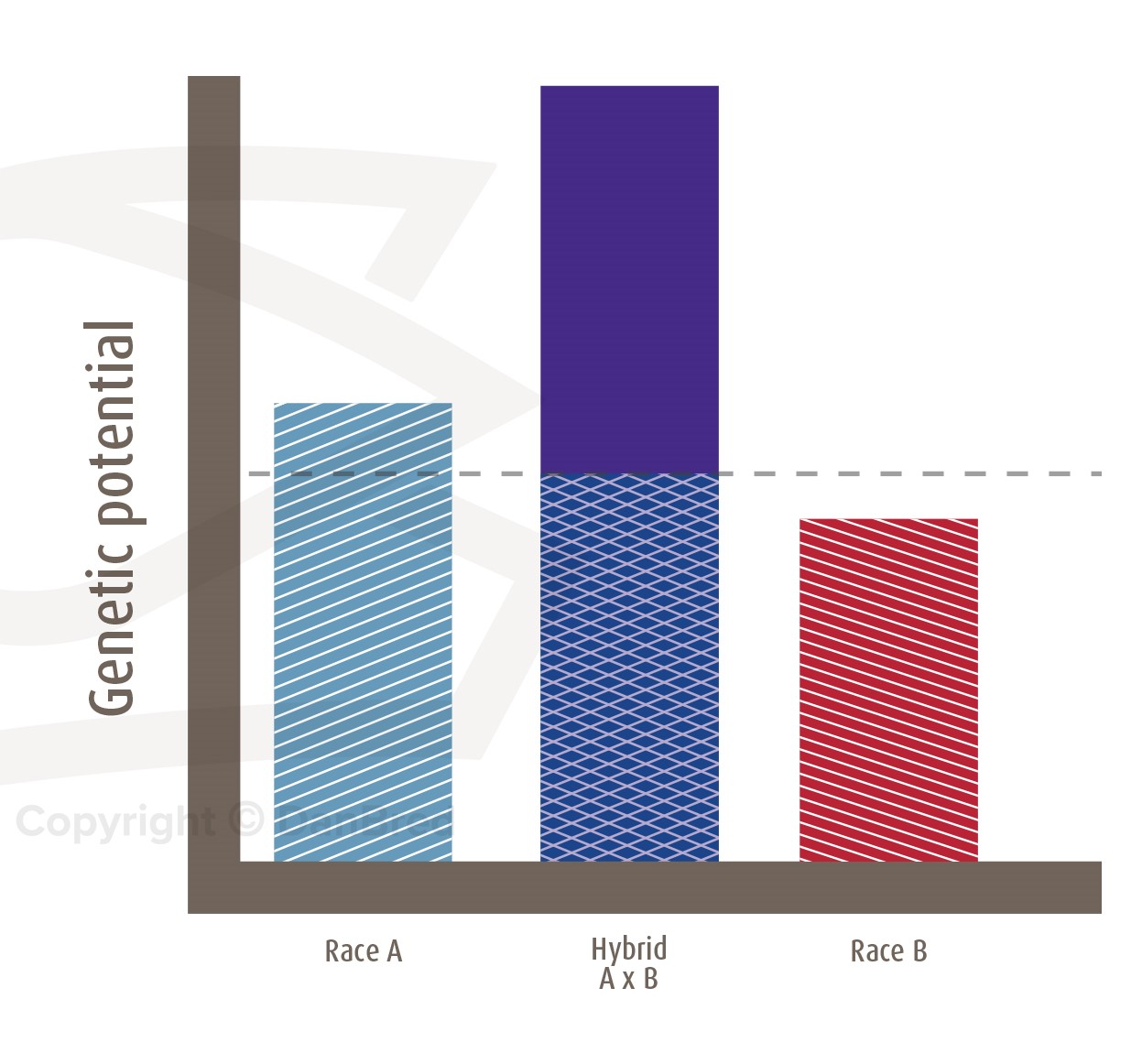 Heterosis has a positive impact on several different production parameters, such as the number of liveborn piglets, daily growth and longevity. In a nucleus herd, heterosis is fully utilised in the hybrid gilts, whereas maximum heterosis is not achieved using the criss-cross strategy. In the criss-cross herd, heterosis will stabilise after the 7th generation, when it reaches approximately 67 percent. In the nucleus herd, where each hybrid sow is exactly 50 percent DanBred Yorkshire and 50 percent DanBred Landrace, heterosis will always be 100 percent.
Heterosis has a positive impact on several different production parameters, such as the number of liveborn piglets, daily growth and longevity. In a nucleus herd, heterosis is fully utilised in the hybrid gilts, whereas maximum heterosis is not achieved using the criss-cross strategy. In the criss-cross herd, heterosis will stabilise after the 7th generation, when it reaches approximately 67 percent. In the nucleus herd, where each hybrid sow is exactly 50 percent DanBred Yorkshire and 50 percent DanBred Landrace, heterosis will always be 100 percent. 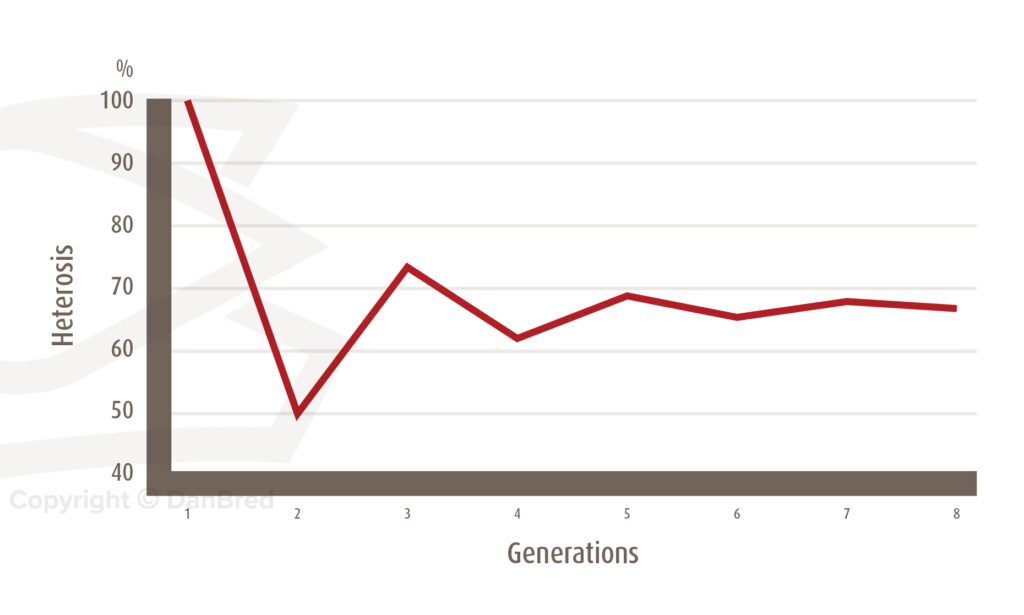
CRISS-CROSS STRATEGY
By choosing the criss-cross strategy, hybrid gilts are produced based on crossbred sows and gilts by mating them alternately with semen from either DanBred Landrace or DanBred Yorkshire boars. This means that the entire herd is available when planning the next generation. The sows and gilts in the top 8–10 index percentile are selected for the production of replacement females. These sows and gilts are mated using purebred semen of the opposite breed from the female’s own sire. In other words, LYL and LLY females are mated with DanBred Yorkshire and YLY and YYL females are mated with DanBred Landrace. The remaining sows in the herd are mated with a terminal sire for finisher production.

PUREBRED NUCLEUS STRATEGY
The nucleus herd consists of a small but genetically superior amount of purebred DanBred Landrace or DanBred Yorkshire sows and gilts. The best of the purebred sows and gilts are mated purebred to produce purebred gilts for maintaining the nucleus herd. The remaining purebred sows will produce hybrid gilts for replacement in the remaining herd.
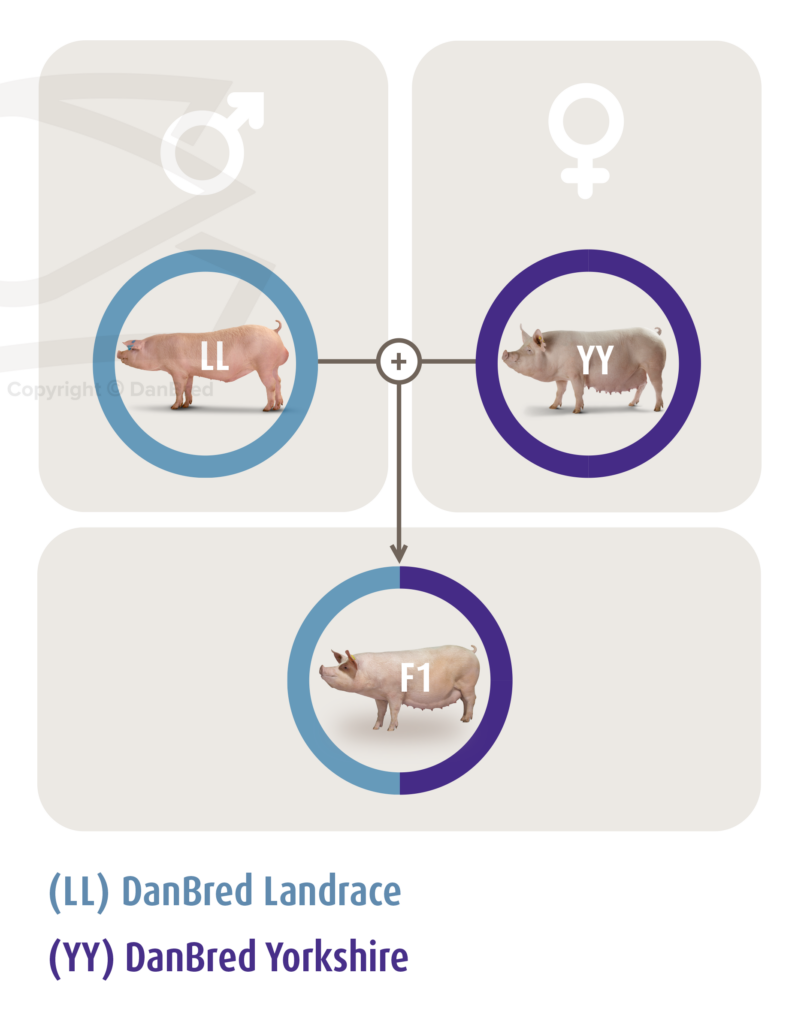
| Strategy | Criss-cross | Purchased nucleus | Closed (on-farm) nucleus |
|---|---|---|---|
| Approach | Based on hybrid gilts mated alternately with Landrace or Yorkshire. | Based on a purchased nucleus of Landrace or Yorkshire. | Based on the on-farm production of both Landrace and Yorkshire. |
| Composition of the herd |
|
|
|
| Target group |
|
|
|
| Strengths |
|
|
|
| Weaknesses |
|
|
|
| Start-up |
|
|
|
The basis for breeding progress
For decades, DanBred has documented its breeding progress, providing evidence of the positive gains in pig herds.
The entire DanBred breeding population is standardised on a weekly basis to an average index of 100; this means that the active breeding population always has the same average and variation.
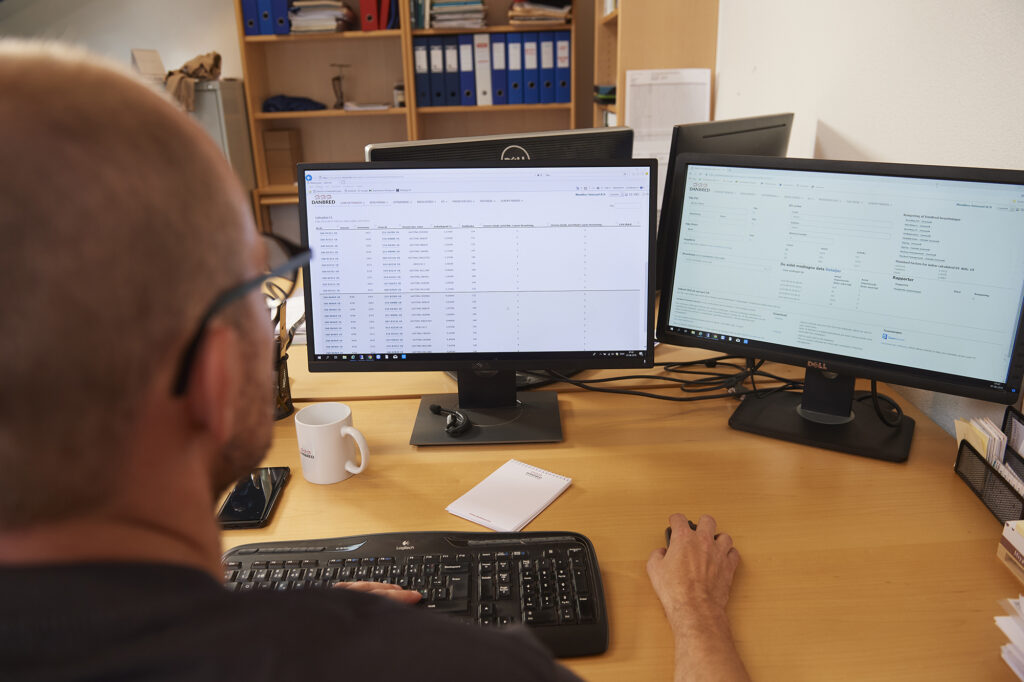
By recalculating DanBred indexes on a weekly basis, it is ensured that the breeding progress which is generated becomes available to all DanBred customers. The index calculation implements the genetic value of the newest generations, which are often genetically superior to their parents. This means that a gilt with index 100 today is not comparable with an index 100 gilt three months from now, as the breeding process has developed the population during that time. However, as the standardisation of the population remains at an average of 100 the younger gilt will have a higher genetic value compared to the older animal.
To proceed with the best possible production potential, the index can be used as a benchmark to find the sows and gilts with the greatest potential at the time of mating. As a rule, gilts will have a higher index than sows, hence why using gilts will ensure maximum progress when the dams for the next generation are to be selected. By always selecting gilts with the highest index, the updated genetic value is automatically implemented in the herd. Selecting gilts with indexes higher than the population average (100) will ensure the genetic development of the herd and thus heighten the production-economical value.
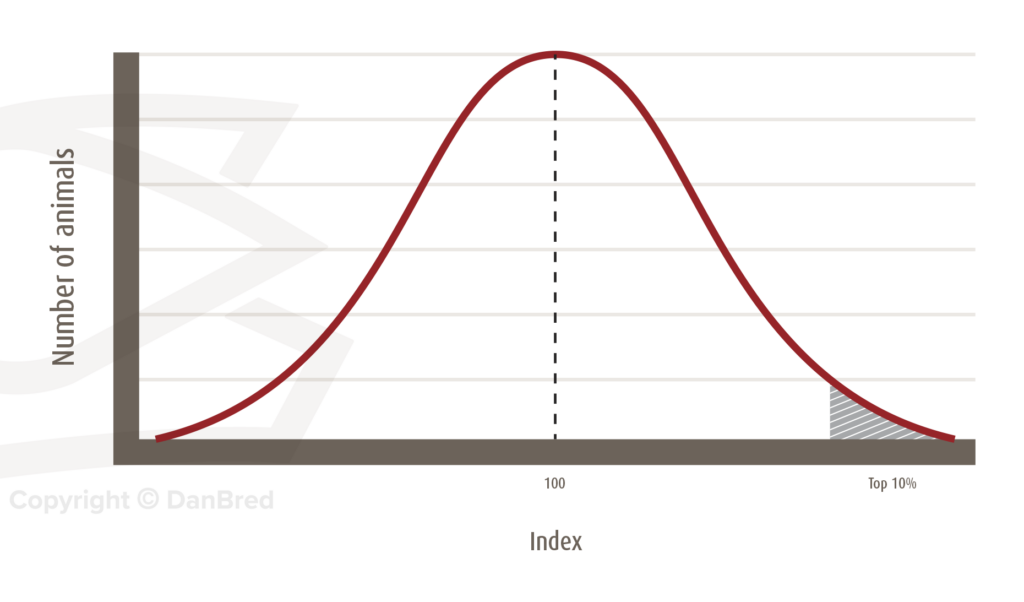
DANBRED INDEX
All DanBred breeding animals have a breeding index. This index forms the basis for selecting animals for further breeding, as breeding progress is created by using animal with the highest index for the next generation. In general, the DanBred index indicates the expected production-economics potential. This means the higher the index, the greater the herd’s production-economics potential.
The index is calculated on the basis of data from:
- performance tests
- relationship
- genomic information.
The index for all DanBred breeding animals is recalculated every week, and the latest information for all animals is included.
Nucleus Management
To maximise the both the benefit of DanBred’s documented breeding progress and the ability to always select the best breeding animals to parent the next generation (utilising the full economic potential), DanBred has developed a breeding management tool called Nucleus Management.
Nucleus Management is a digital addition to GenePro that makes it possible to follow the genetic level of all breeding animals in the herd and produce on-farm gilts with a genetic level close to that as gilts purchased from a DanBred supplier herd. Nucleus Management can be used in herds with both criss-cross hybrids and a purebred nucleus.

In Nucleus Management, all sows and gilts are registered in DanBred’s databank. This means that the breeding stock is included in the weekly index calculation, making it possible to always select the genetically best gilts and sows for the next generation.
With minimal weekly effort, data can be kept up to date thereby making it possible at any time to maintain an overview of the number of breeding animals available. Aside from gaining detailed insight into one’s own breeding ratios, Nucleus Management makes it possible to compare your herds’ progress with other herds who use Nucleus Management – with complete anonymity, of course.
What does it take to get started?
Getting started with Nucleus Management is easy and requires a few registrations in the herd:
- Registration of the boar used at mating.
- Registration of female offspring at farrowing.
- Supplying a DanBred ID-number to all breeding animals.
- Exchanging data electronically to DanBred’s databank.
- Downloading new indexes once a week.
DanBred recommends Nucleus Management because it increases the possibility that GenePro herds will maximise their benefit of the generated breeding progress.
Nucleus Management ensures that the genetic potential is utilised as the herds’ index level can be monitored at all times, making it easy to identify the best breeding animals for the next generation.



